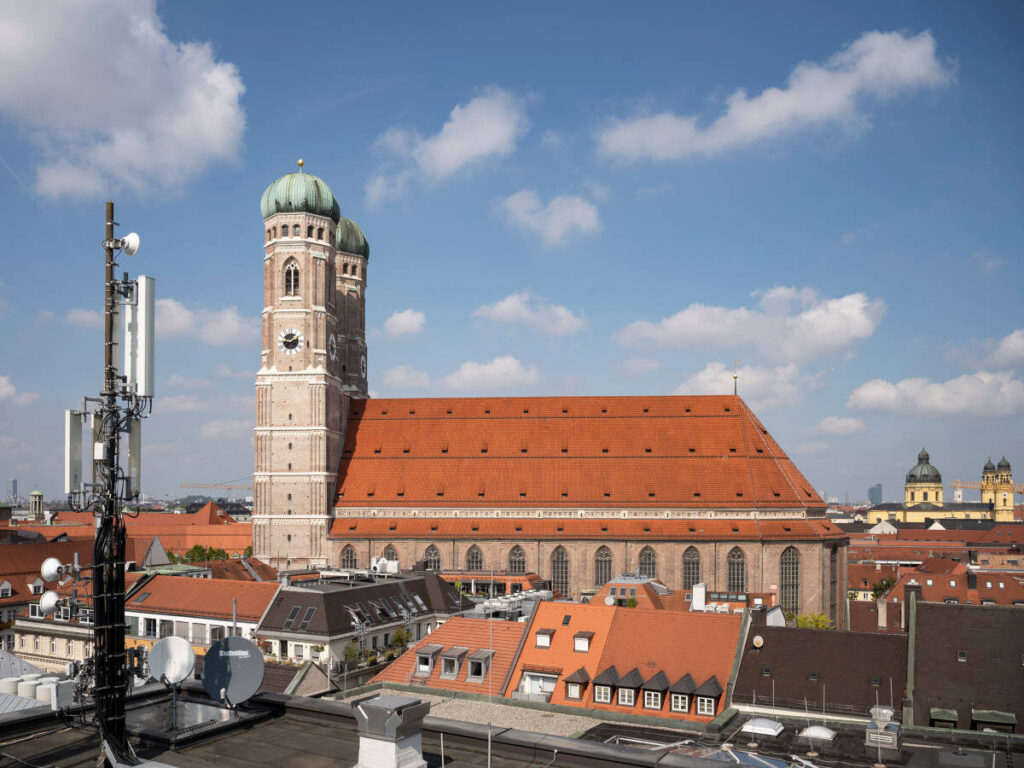Following the announcement by 1 & 1 that it would do without central components from China when setting up the 5G network, Vodafone has now also announced a new 5G partnership. Important data processing processes run on Ericsson servers.

Seit wenigen Wochen ist klar: Wenn 1&1 demnächst mit einem eigenen 5G-Netz an den Start geht, können Kunden im National-Roaming-Verfahren auch das LTE-Mobilfunknetz von Telefónica Deutschland nutzen. Wann genau 1&1 sein eigenes Mobilfunknetz für den Nutzerverkehr freischaltet? Noch immer unklar. Gegenüber der „Welt am Sonntag“ hatte Unternehmenschef Ralph Dommermuth jüngst aber neue Details zu vorgesehenen Technik-Partnern verraten. Und auch Vodafone hat jetzt verkündet, dass mit Ericsson ein namhafter europäischer Partner für das 5G-Kernnetz die notwendigen Komponenten liefert.
VODAFONE RELIES (AGAIN) ON ERICSSON
As Vodafone announced on Thursday, the network operator from Düsseldorf wants to rely on network components from the Swedish company Ericsson for the 5G core network. To this end, a new framework agreement with a term of five years has now been signed. Ericsson is also already Vodafone’s infrastructure partner in the LTE core network. Providers such as ZTE or Huawei , who were still far ahead in the favor of numerous mobile network operators in setting up LTE networks in many countries due to comparatively low prices, play a role in setting up new 5G networks because of possible espionage and sabotage concerns Chinese government hardly plays a role anymore.
However, it looks a little different in other network levels. In the antenna network visible to the public, Vodafone and Telekom use not only technologies from Ericsson but also components from the Chinese supplier Huawei. Telefónica relies on antennas from Nokia and Huawei. Apart from the data centers of the core network, which serve as the central control center for data processing and transmission, data is only forwarded at most. That is why the use of antenna technology from China is considered to be rather harmless.
Vodafone announced on Thursday that, in addition to the first 5G core network set up in Germany, further networks would follow in Frankfurt am Main. Namely, promptly in Berlin and Munich.

1 & 1 WANTS TO DO WITHOUT CHINESE COMPONENTS
At 1 & 1, which wants to start building its own 5G network in the third quarter of 2021, components from China do not play a role. “We are planning the network without Chinese providers,” said company boss Ralph Dommermuth of “Welt am Sonntag”. A few
weeks ago, 1 & 1 and the parent company United Internet announced that all network functions should be in the cloud. Goal: To make control possible by software ( Open -RAN). Western providers are leaders in this area, Dommermuth explained to the newspaper.
When will the first customers be able to access the new 1 & 1 network? That’s not decided yet. In any case, it will take several years before the new network is completely up and running. At the end of the first quarter of 2021, 1 & 1 had 10.66 million mobile customers. You should all receive new SIM cards soon . Then they can use the new cellular network plus national roaming in the Telefónica Deutschland network. Incidentally, this also includes all those customers who still use a SIM card from 1 & 1 with a connection to the Vodafone network. It will be a few more months before the SIM card swap starts.


